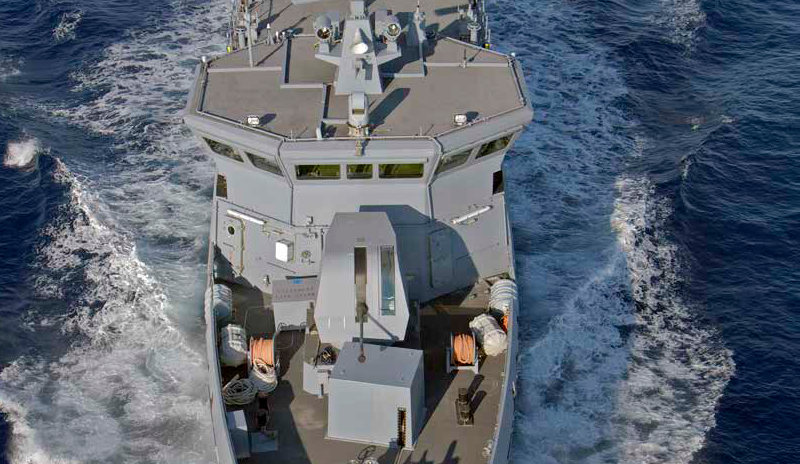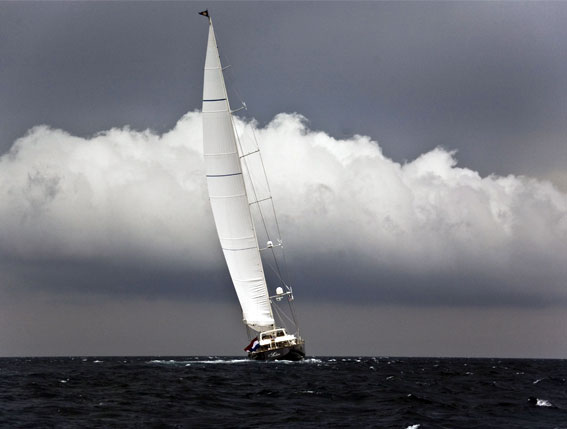Abstract
This technical article describes a comparative study that was undertaken by Intermarine, with the assistance of EnginSoft, between using the Flownex simulation environment and Intermarine’s manual or classic methods (both of which were compared with actual field data from on-board measurements) to predict pressure losses in the various piping systems that convey fluids on board a vessel.
The fluids conveyed by the piping systems on vessels must reach each of their users at the right pressure and flow conditions. Various accessories in these piping systems, such as valves, bends, fittings and pipes, induce pressure losses. These pressure losses need to be predicted to select or verify the size of pump required for the piping system to prevent a number of potential problems. The objective of the study was to test the accuracy and reliability of the results obtained using Flownex, the time taken to execute the analyses, the applicability of Flownex to the shipbuilding environment’s requirements.
Read the article


